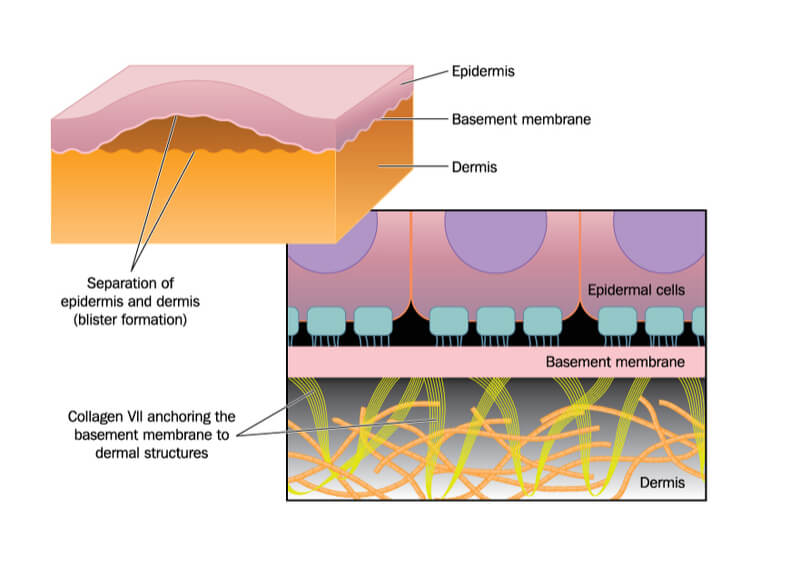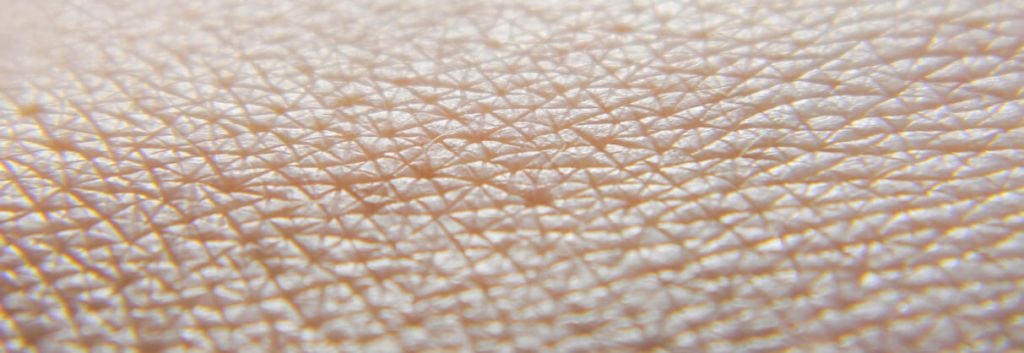The ‘butterfly child’ who lost 80% of his skin has been successfully treated. The boy is now able to go to school and enjoy life with family and friends.
A medical team from the Ruhr-Universität Bochum’s burn unit and the Center for Regenerative Medicine at the University of Modena have treated a boy suffering from severe skin damage. The research, published in Nature, described how the boy’s condition was cured using genetically modified stem cells. The boy suffered from epidermolysis bullosa, a genetic disease that destroyed around 80% of his epidermis. Just over two years since the first transplant in October 2015, the boy now has healthy, stress-resistant skin.
Epidermolysis bullosa is a congenital skin disease that is currently thought to be incurable. It is caused by a defect in protein-forming genes that are essential for skin regeneration. This leaves the skin vulnerable, with even minor stresses leading to blisters, wounds, and scar formation. Internal organs can also be affected in particularly severe cases.
The disease significantly reduces quality of life, and can be life-threatening. This was the case for 7-year-old Hassan, the ‘butterfly boy’ due to his skin being as fragile as a butterfly’s wing, who had lost 60% of his epidermis, was suffering from severe sepsis and high fever, and weighed just 17kg by the time he was admitted to pediatric intensive care.

Hassan’s poor prognosis forced doctors to act, engineering Hassan’s stem cells to include an intact copy of the missing Lamb3 gene with retroviral vectors. The modified cells were then cultivated in the lab and turned into transgenic transplants. The cells were applied to the arms, legs, back, sides, parts of the stomach, neck and face – 0.94m² overall. After the first transplant, Hassan’s condition began to improve as the cells stably expressed the missing gene.
This highlights the huge potential that this approach has for the treatment of epidermolysis bullosa and other severe skin diseases. The approach’s ability to transplant such a large amount of skin puts it ahead of other skin graft technology on the market or in the clinic, including Kerecis’ fish skin wound dressings. One exciting piece of technology in the field is RenovaCare’s stem cell gun, which helped a man suffering from second-degree burns to 30% of his body.
It’s amazing to see biotech make such a dramatic improvement to a young boy’s life. Let’s hope that the technology will continue to be developed and can made available to more and more people in need.
Images – VolodymyrV / shutterstock.com; Blamb / shutterstock.com





